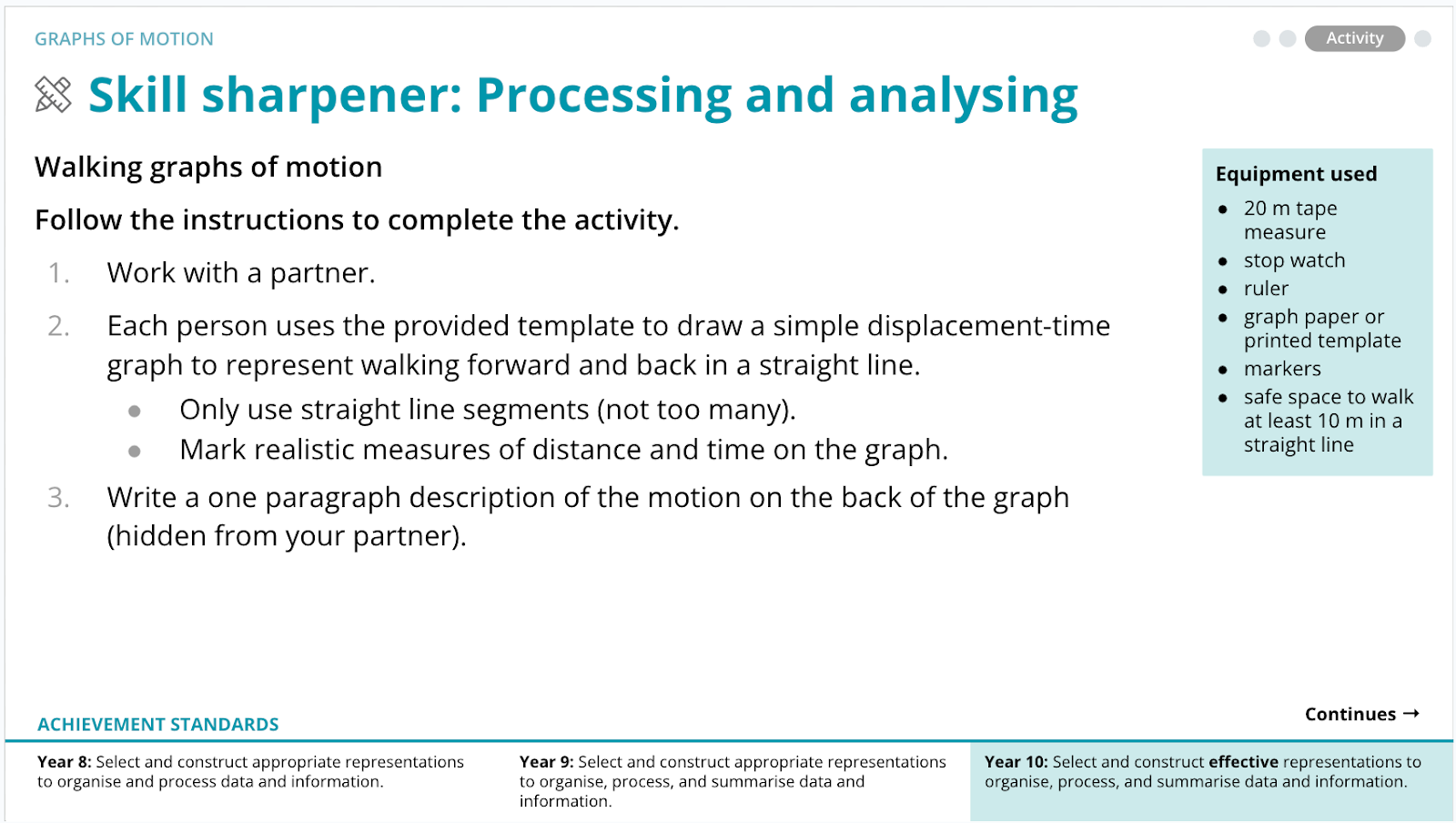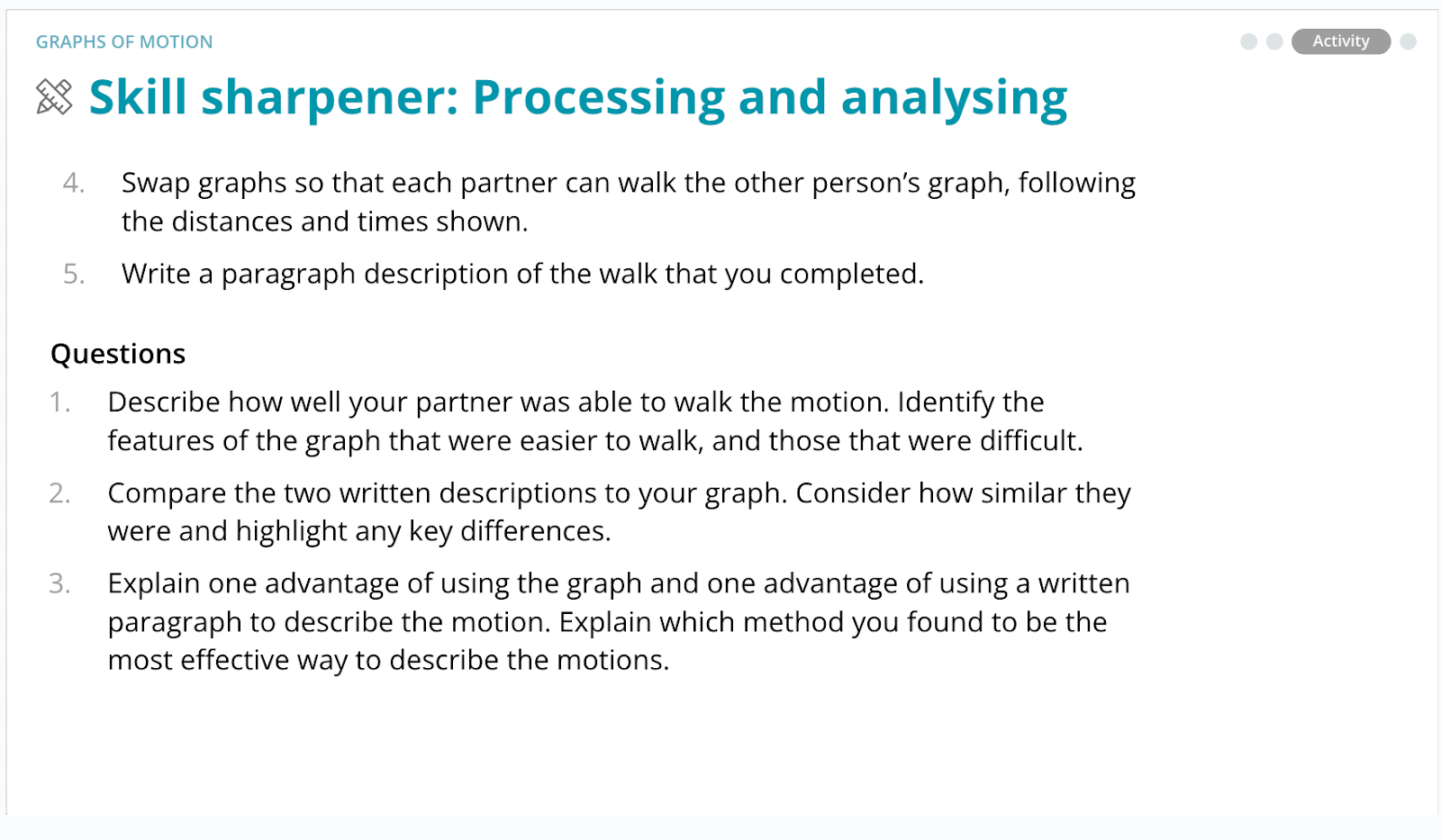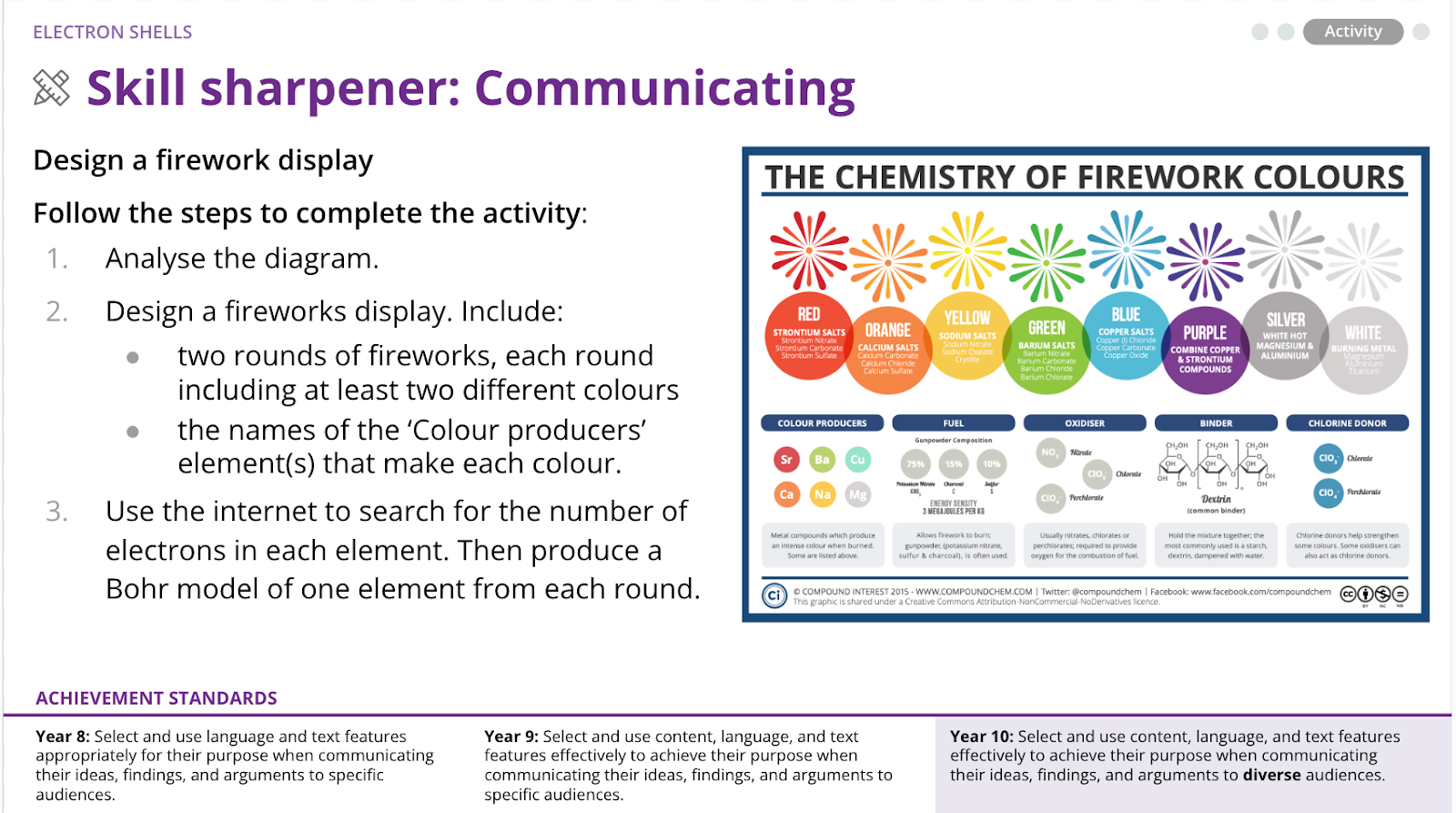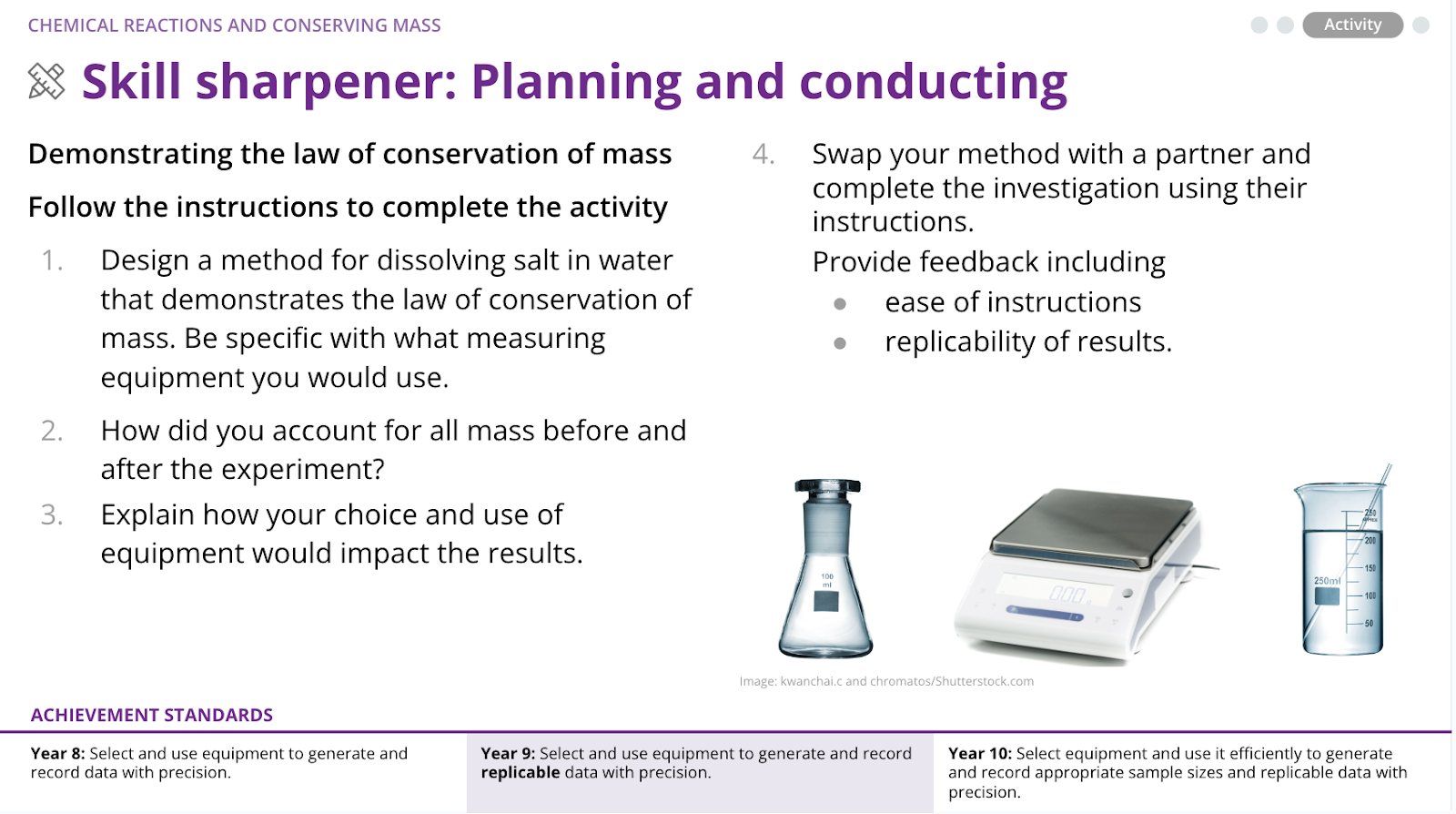Getting engaged is kind of a big deal
In this article, Stacey dives into the big deal of student engagement. We've all been there – handing out a cleverly designed word search, thinking our students are deeply engrossed in learning. But are they truly engaged or just busy finding words? Uncover the difference between participation and genuine engagement, explore the essential factors, and discover how to create activities that go beyond the surface to foster real, meaningful learning!
We’ve all been there, you hand out a thoughtfully designed word search in class, expecting your students to dive into a world of definitions and key terms. Every student has their head down searching for words, but are they actually learning anything?
The engagement mirage
Student participation doesn't equal student engagement. Student engagement is a critical aspect of education, although it’s somewhat challenging to define precisely. It describes the actions, thoughts, and emotions of students during the learning process. You might have 100% participation, but 0% engagement. Word searches are great for a bit of light-hearted fun and vocabulary reinforcement, but they can often be more about matching characters than mastering content.
The real deal
So, what is engagement? It’s when students are challenged to think deeply and apply what they know in meaningful ways.
Genuine engagement can be broken down into three main factors:
- Behavioural factors: When students are truly engaged, they put in the effort, persist through challenges, stay focused, actively participate in class discussions, and ask insightful questions.
- Emotional factors: Engaged students are emotionally invested in their learning, feel connected to their peers and teachers, and participate in activities that enhance their educational experience. They show enthusiasm and a positive attitude towards learning.
- Cognitive factors: Genuine engagement involves deep cognitive processing where students go beyond surface learning. They strive to understand complex concepts, apply their knowledge to new situations, and continuously seek to master the skills taught in class.
Principles of engagement
In order to improve engagement, the following principles can be used by teachers to foster a conducive learning environment.
- Teacher engagement: To engage students, teachers themselves must be engaged (Middlecamp, 2005; ACER, 2011). Your enthusiasm and commitment can be infectious.
- Respectful relationships: Building supportive and respectful relationships is crucial for effective teaching and learning (Allodi, 2010).
- Student responsibility: Students should be given responsibility for their learning and be encouraged to take it (Scevak & Cantwell, 2007).
- Scaffolding learning: Learning should be scaffolded with high standards and clear expectations (Dunn & Rakes, 2011).
Dimensions of engagement
To understand and foster engagement, we can consider various dimensions:
- Personal engagement: This involves students’ self-efficacy, resilience, and belief in their ability to succeed. It’s about seeing school as a worthwhile pursuit.
- Academic engagement: This refers to students’ awareness and application of skills and knowledge necessary for academic success.
- Intellectual engagement: This is about engaging with the core ideas, debates, and concepts of the subject.
- Social engagement: This involves interactions with peers and staff, which can significantly impact student success (Price & Tovar, 2014).
Activities that engage
The factors, principles, and dimensions of engagement can help us in designing activities that go beyond participation. Here are a few ideas:
1. Debates and discussions: Encourage students to argue different sides of a topic through debates or Socratic seminars. Open-ended questions promote critical thinking, deeper engagement with the material, and active participation.

2. Problem-based and inquiry-based learning: Present real-world problems and encourage students to ask questions and conduct investigations. This approach helps students apply their knowledge, develop skills, take ownership of their learning, and connect lessons to real-world scenarios.

3. Creative and interactive projects: Let students create presentations, videos, or models to demonstrate their understanding. Use interactive simulations and games to create immersive learning experiences that require problem-solving, critical thinking, and active engagement.


4. Case studies and real-life applications: Analyse real-life scenarios related to the subject matter. This makes learning relevant, helps students apply their knowledge in practical situations, and connects lessons to real-world scenarios.

5. Peer teaching and collaborative activities: Have students teach each other or work on tasks together. This reinforces their understanding, develops communication skills, promotes active participation, and makes learning more meaningful through collaboration.

Engagement isn’t about busywork; it’s about meaningful work. Next time you’re tempted to hand out that crossword puzzle, ask yourself: Is this really challenging my students? Are they learning, or just participating? Let’s aim for activities that push them to think deeply and apply their knowledge.
Want to know more about Edrolo for 7-10 Science? Click here.

